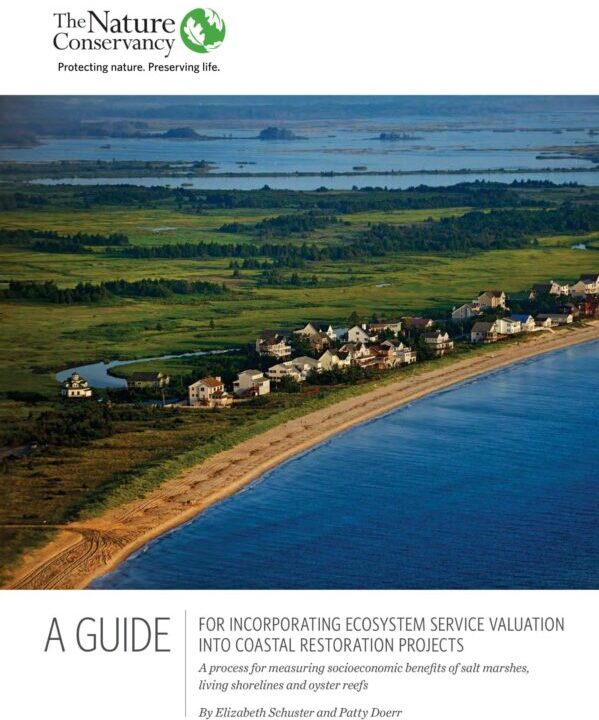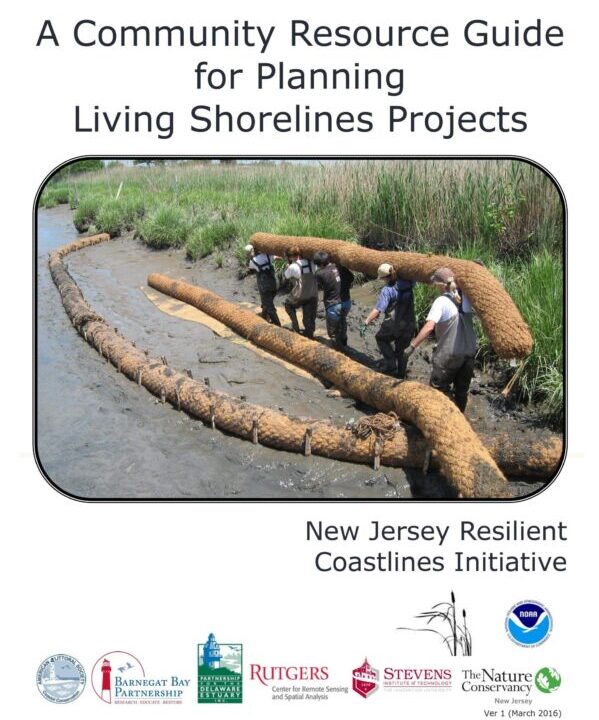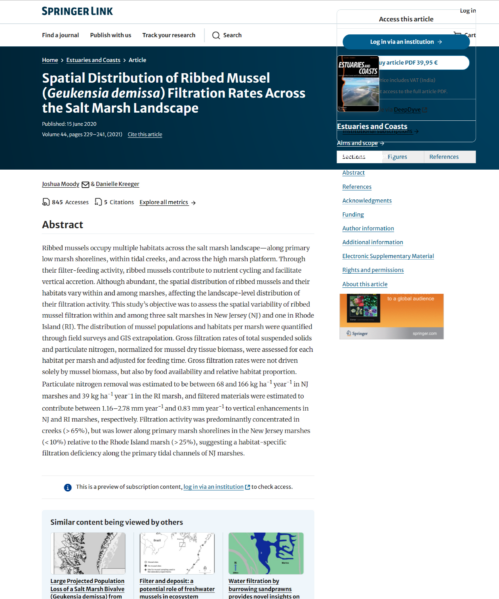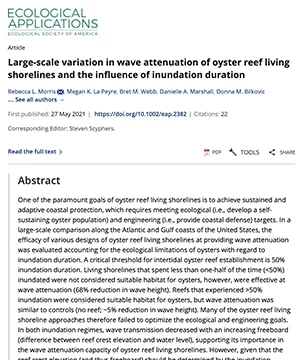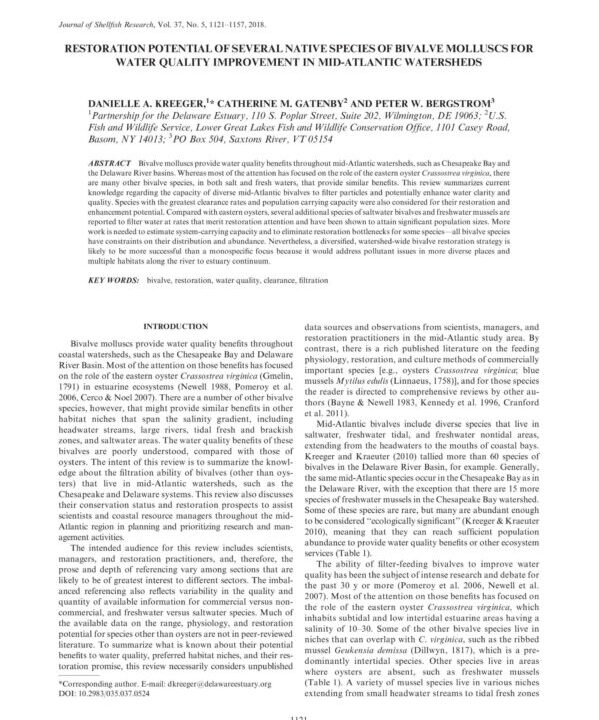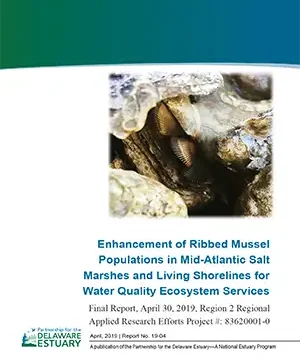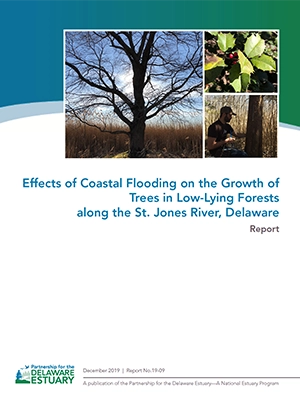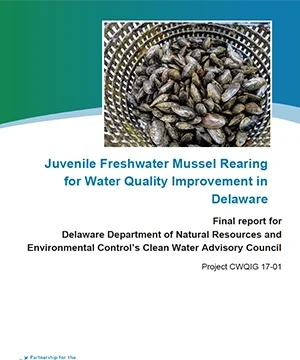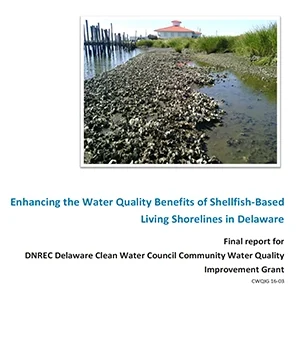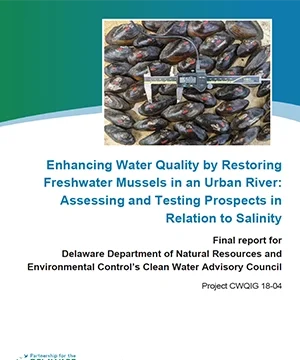Search
Use the search field or filters below to narrow your search.
Filter by Category
Datasets(8)
Document/Report(67)
Tool/Interactive Map(12)
Video(1)
New Jersey(27)
Mid-Atlantic(22)
USA(19)
Atlantic Coast USA(10)
International(8)
Gulf Coast USA(7)
New England(5)
West Coast USA(2)
Fauna(35)
Flora(43)
Invasive Species(6)
Beach & Dune(23)
Coastal Forests & Shrublands(7)
Non-Tidal Wetlands(7)
Subtidal(18)
Tidal Saline/Brackish Wetlands(55)
Tidal Freshwater Wetlands(16)
Shellfish reefs/Beds(6)
Other(7)
Adaptive Management(5)
BMPs(2)
Elevation Manipulation(18)
Hydrologic Alteration(8)
Living Shorelines(31)
Permtting(3)
Traditional Shoreline Armoring(1)
Economic Analysis(17)
Other(16)
Carbon Sequestration(5)
Erosion Control(19)
Flood Control(15)
Habitat Creation(29)
Water Quality Enhancement(15)
Wave Attenuation(8)
Methods(19)
Monitoring Plan Development(19)
Site Assessment(39)
General(36)
Municipal Decision Makers(47)
Professional/Academic(70)
Document/Report
The intent of this guidebook is to provide a framework to practitioners, natural resource managers and coastal restoration managers in the Mid-Atlantic region so that […]
Document/Report
This publication provides community leaders, citizens, and contractors with guidance on key elements that should be considered when embarking on living shoreline projects, as well […]
Document/Report
Ribbed mussels occupy multiple habitats across the salt marsh landscape—along primary low marsh shorelines, within tidal creeks, and across the high marsh platform. Through their […]
Document/Report
One of the paramount goals of oyster reef living shorelines is to achieve sustained and adaptive coastal protection, which requires meeting ecological (i.e., develop a […]
Document/Report
Bivalve molluscs provide water quality benefits throughout mid-Atlantic watersheds, such as Chesapeake Bay and the Delaware River basins. Whereas most of the attention has focused […]
Document/Report
Historically, eroding shorelines have been managed through the implementation of hardened infrastructure such as seawalls, bulkheads, and revetments. As these structure are spatially static, they […]
Document/Report
Accelerating sea level rise, and the increase of associated environmental stressors such as increasing flood intensity, is a major concern along the Mid Atlantic coast. […]
Document/Report
More than 80,000 juvenile freshwater mussels were produced in a hatchery and reared in a variety of aquatic habitats and aquaculture gear within Kent and […]
Document/Report
This is a report on the Partnership for the Delaware Estuary’s installation of Delaware’s first “hybrid” living shoreline along 300’ of eroding salt marsh adjacent […]
Document/Report
Native species of freshwater mussels were found to tolerate and grow in size at all tidal study sites on the lower Christina River in New […]
